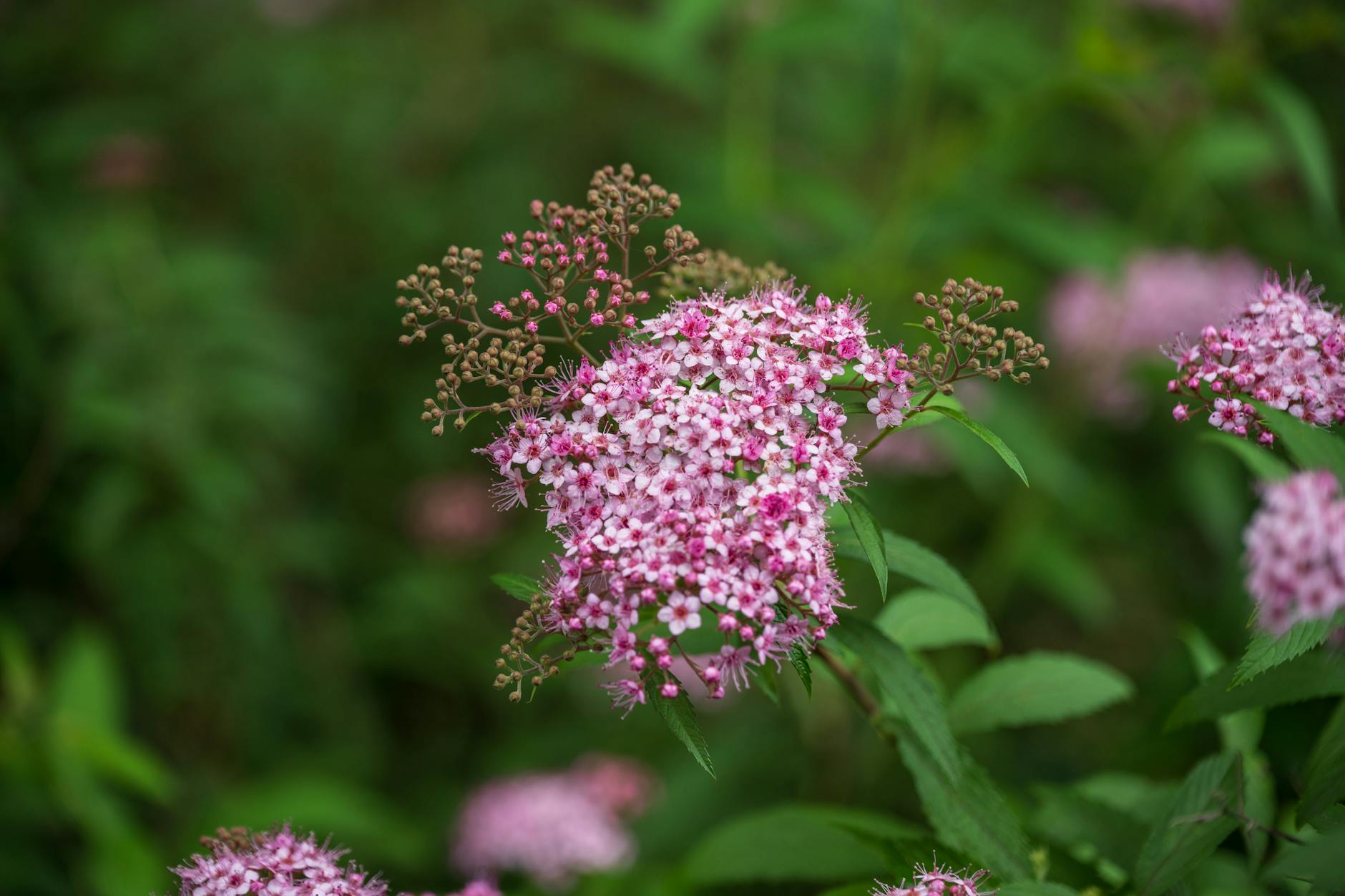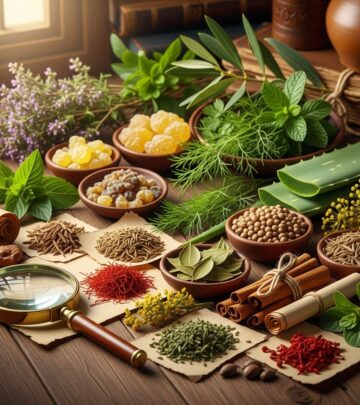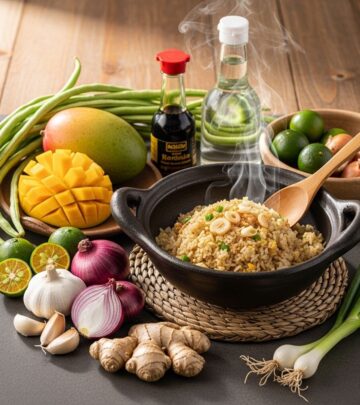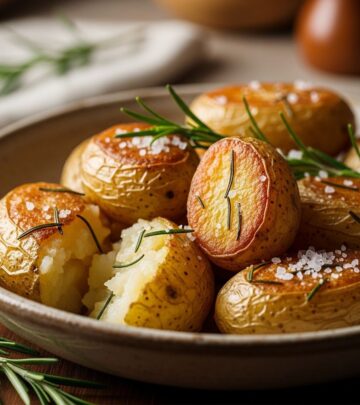Country Garden Flowers: 86 Stunning Blooms To Grow
Discover 86 stunning flower varieties perfect for transforming your garden into a vibrant, country-inspired haven.

86 Beautiful Flowers to Grow in a Country Garden
A vibrant, welcoming garden is a dream for many, and the right flowers can transform any outdoor space into a colorful retreat. Whether you’re an experienced gardener or just beginning your journey, this extensive guide introduces 86 popular types of flowers—ranging from classic perennials to cheerful annuals and hardy shrubs—that thrive in country gardens. Learn the best features, bloom times, and unique characteristics of each flower, along with practical tips for growing them.
Table of Contents
- Clematis
- Lavender
- Nasturtium
- Lupine
- Forget-Me-Not
- Rose
- Peony
- Hydrangea
- More Popular Flowers
- Frequently Asked Questions
Clematis
When it blooms: Spring to late summer
Why gardeners love it: Clematis is a stunning climbing vine ideal for fences, arbors, and lamp posts. These perennials may take several years to fully establish but reward patience with dramatic blossoms in shades of purple, pink, white, and red. Their unique star-shaped flowers add height and elegance to any garden structure.
- Requires well-drained soil and plenty of sunlight
- Prune regularly for best shape and abundant blooms
- Over 300 species and countless cultivars to choose from
Lavender
When it blooms: Summer
Why gardeners love it: Lavender is celebrated for its intoxicating fragrance and soft purple hues. Plant this perennial in swathes to enjoy waves of color and aroma all summer long. Some varieties are hardy in cooler climates, making lavender a versatile choice.
- Prefers full sun and well-drained alkaline soil
- Ideal for borders, hedges, and containers
- Attracts pollinators and can be used in crafts or cooking
Nasturtium
When it blooms: Summer
Why gardeners love it: Nasturtiums are cheerful annuals bearing fiery red, orange, yellow, pink, and salmon blooms atop unique round leaves. Both the leaves and flowers are edible, making them a delightful addition to salads and dessert decorations.
- Low-maintenance and quick-growing from seed
- Thrives in poorer soils and needs little fertilizer
- Vining and bush types available
Lupine
When it blooms: Late spring to early summer
Why gardeners love it: Lupines feature tall spires of pea-like blooms in blue, purple, yellow, pink, and white. They naturalize readily, spreading over time to create stunning drifts at the back of garden borders.
- Prefers sunny sites with well-drained soil
- Nitrogen-fixing, improving soil fertility
- Attracts hummingbirds and butterflies
Forget-Me-Not Flower
When it blooms: Spring
Why gardeners love it: These dainty flowers charm with their delicate clusters of blue, pink, or white blossoms. Forget-me-nots are perfect at the front of borders and cottage gardens. Opt for native species (Myosotis alpestris, lax, macrosperma, or verna) for best ecological results. Non-native Myosotis sylvatica can become invasive—consider growing it in containers or deadheading to prevent seed spread.
- Thrives in partial shade and moist soil
- Self-seeds readily for recurring spring color
- Symbolizes lasting friendship and remembrance
Rose
When it blooms: Spring to autumn (varies by variety)
Why gardeners love it: No flower is as iconic as the rose. With thousands of cultivars available, there’s a rose for every taste, from fragrant hybrid teas to rambling shrub roses and compact miniature varieties. Roses provide color, scent, and beauty throughout the growing season.
- Requires full sun and rich, well-drained soil
- Some types are highly disease-resistant and low-maintenance
- Excellent cut flowers and landscape accents
Peony
When it blooms: Late spring to early summer
Why gardeners love it: Peonies are beloved for their lush, fragrant blooms and long lifespan—many peony plants thrive for decades with minimal care. Their impressive flowers create a stunning focal point in borders and bouquets.
- Needs full sun and well-drained soil
- Once established, peonies are drought tolerant
- Attracts bees and butterflies
Hydrangea
When it blooms: Summer to early fall
Why gardeners love it: Hydrangeas offer showy clusters of pink, blue, purple, or white blossoms. Their color can often be altered by adjusting soil pH. Hydrangeas suit shaded locations, large pots, and mixed shrub borders.
- Best in morning sun with afternoon shade
- Requires regular moisture, especially in dry weather
- Excellent for cutting and drying
More Popular Flowers for Your Country Garden
Below is a curated selection of additional flowers that bring color, fragrance, and texture to a garden setting. Whether you’re seeking perennial performers or seasonal stars, these varieties offer options for every climate and garden design.
- Sunflower: Tall stems and large, sunny faces; attracts pollinators and birds.
- Zinnia: Colorful annuals, perfect for cutting gardens and container displays.
- Marigold: Easy to grow, pest-resistant, and brilliant in golden hues.
- Phlox: Lush clusters of fragrant blooms, ideal for cottage gardens.
- Daffodil: Bright spring bulbs signaling the end of winter; deer-resistant.
- Sweet Pea: Scented climbers bearing pastel blooms; excellent for trellises.
- Iris: Unusual sword-shaped leaves and bold colors in spring and early summer.
- Cosmos: Delicate, feathery foliage with daisy-like blossoms; attracts butterflies.
- Black-Eyed Susan: Low-maintenance wildflower with cheery yellow petals and dark centers.
- Shasta Daisy: Classic white petals with golden centers, blooming for months.
- Daylily: Hardy perennials with trumpet-shaped flowers in countless colors.
- Geranium: Versatile annuals and perennials with long-lasting blooms.
- Hosta: Lush, shade-loving foliage plants with modest summer flowers.
- Coneflower (Echinacea): Drought-tolerant natives with prominent centers and attractive petals.
- Dahlia: Impressive blooms in varied shapes and outrageous colors, late summer to frost.
Types of Flowers: Quick Comparison Table
| Name | Bloom Time | Type | Why Grow It? |
|---|---|---|---|
| Clematis | Spring–Late Summer | Perennial Vine | Elegant climber for vertical interest |
| Lavender | Summer | Perennial | Fragrant, drought-tolerant, pollinator-friendly |
| Nasturtium | Summer | Annual | Edible, vibrant, easy-to-grow |
| Lupine | Late Spring–Early Summer | Perennial | Naturalizes, adds vertical structure |
| Forget-Me-Not | Spring | Biennial/Perennial | Charming, self-seeding, shade tolerant |
| Rose | Spring–Fall | Shrub/Climber/Perennial | Classic, fragrant, varied |
| Peony | Late Spring–Early Summer | Perennial | Long-lived, lush blooms |
| Hydrangea | Summer–Fall | Shrub | Large flowers, shade tolerance |
Tips for Choosing and Growing Country Garden Flowers
- Assess Sunlight: Know whether your flower beds get full sun, partial shade, or heavy shade and select flowers accordingly.
- Consider Soil Type: Amend heavy clay or sandy soils with compost to promote healthy root development.
- Mix Annuals and Perennials: Include both for season-long color and long-term structure.
- Plan for Succession Blooming: Choose varieties that bloom in different seasons to ensure continuous color.
- Native Choices: Incorporate native species to support local wildlife and reduce maintenance.
- Group by Needs: Plant flowers with similar watering and light requirements together for best results.
Frequently Asked Questions (FAQs)
Q: What flower varieties are easiest for beginners?
A: Zinnia, marigold, nasturtium, and sunflower are all beginner-friendly. These annuals are quick to germinate, require little care, and provide fantastic blooms with minimal effort.
Q: Which flowers are best for attracting butterflies and pollinators?
A: Lavender, coneflower (echinacea), bee balm, and cosmos are top choices. Their nectar-rich flowers draw bees, butterflies, and even hummingbirds to the garden.
Q: Can I grow country garden flowers in containers?
A: Absolutely. Many options—such as dwarf dahlias, geraniums, lavender, and petunias—thrive in pots. Be sure to use high-quality potting mix and provide appropriate drainage.
Q: How do I keep flowers blooming longer?
A: Deadhead spent blooms regularly, provide consistent moisture, and feed plants with a balanced fertilizer. Succession planting—adding new plants in stages—ensures ongoing color.
Q: Are any of these flowers deer-resistant?
A: Yes! Lavender, daffodil, peony, and marigold are all known for their deer resistance, making them good choices if wildlife is a concern.
Conclusion
With this guide to 86 of the most popular and beautiful flowers, you’re equipped to create a country garden bursting with color, fragrance, and interest from early spring through late autumn. Whether you favor classic perennials, bright annuals, or dramatic flowering shrubs, thoughtful selection and care will reward you with a landscape that delights visitors and supports pollinators year after year.
For even more inspiration and in-depth planting guides, consult reputable gardening sources and local extension services to tailor your selection to your specific growing conditions. Happy gardening!
References
Read full bio of Shinta











